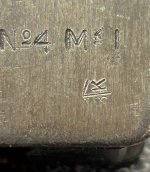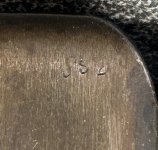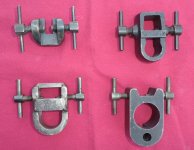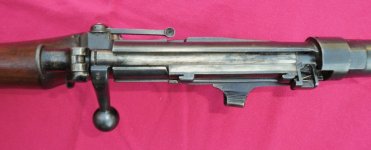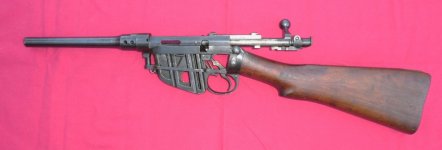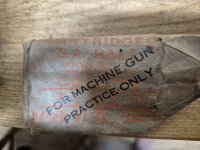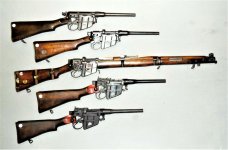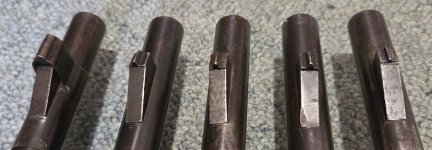You know, I’d never actually tried it. I just did on 3 different no.4 rifles from different makers, and none of them could be fully installed incorrectly, some got closer than others. On one gun I got it on part way but would not rotate enough to lock in place.
Maybe it’s just one piece of gun lore that is untrue? I’ve heard it often enough over the years I had assumed it to be correct, but it’s not something I can repeat with my bayonet on my rifles.
Now if the back of the Bakelite (or fiberglass?) grip panels were worn, damaged, etc I think it would likely go on. Maybe that was the concern? I’m not sure.
Maybe it’s just one piece of gun lore that is untrue? I’ve heard it often enough over the years I had assumed it to be correct, but it’s not something I can repeat with my bayonet on my rifles.
Now if the back of the Bakelite (or fiberglass?) grip panels were worn, damaged, etc I think it would likely go on. Maybe that was the concern? I’m not sure.

















































